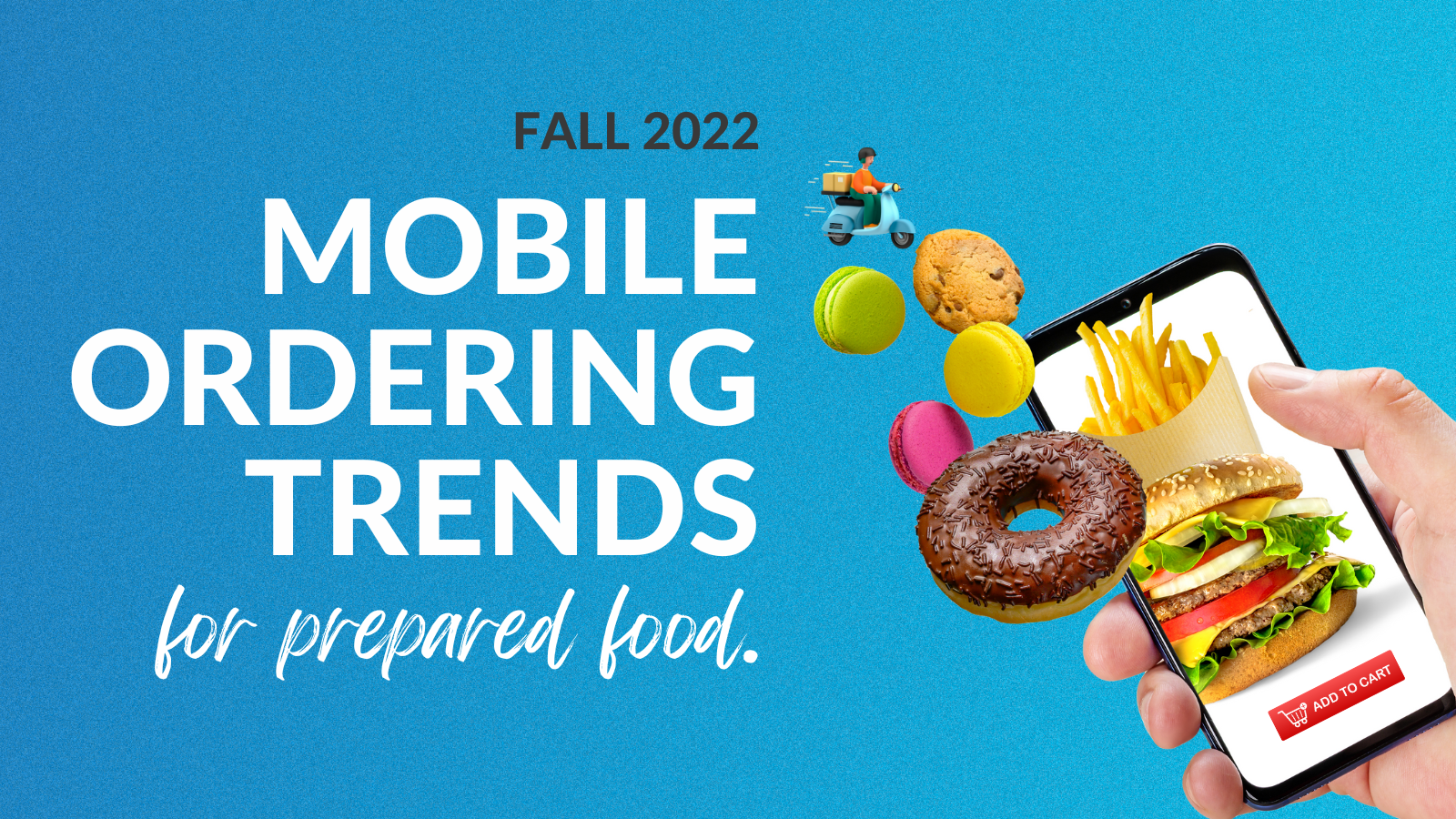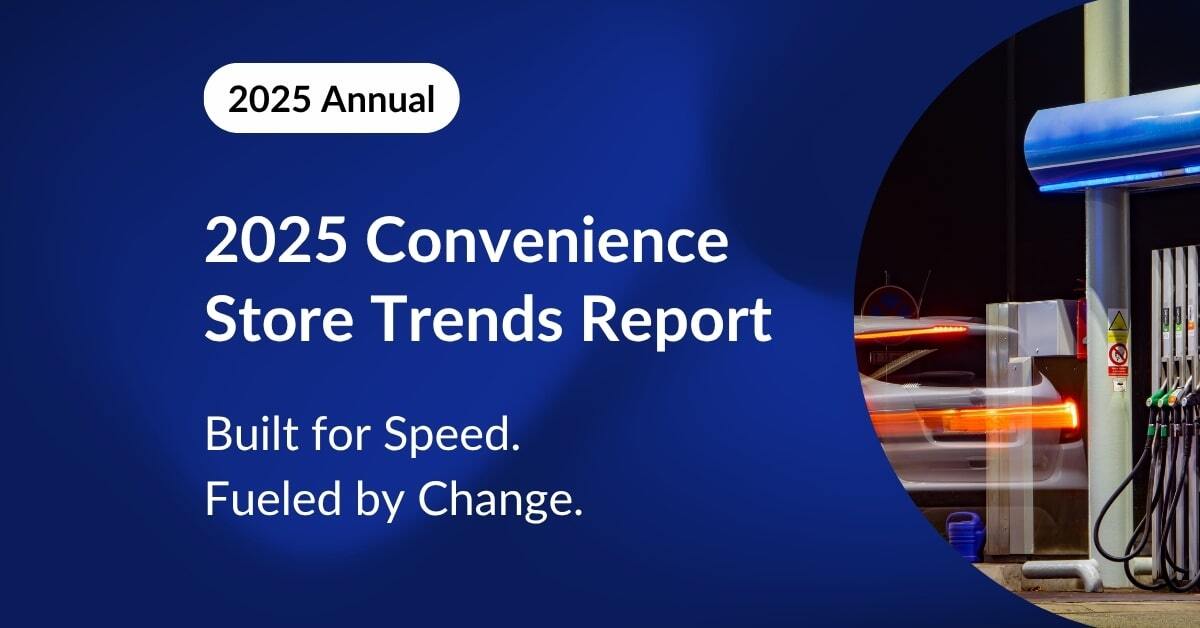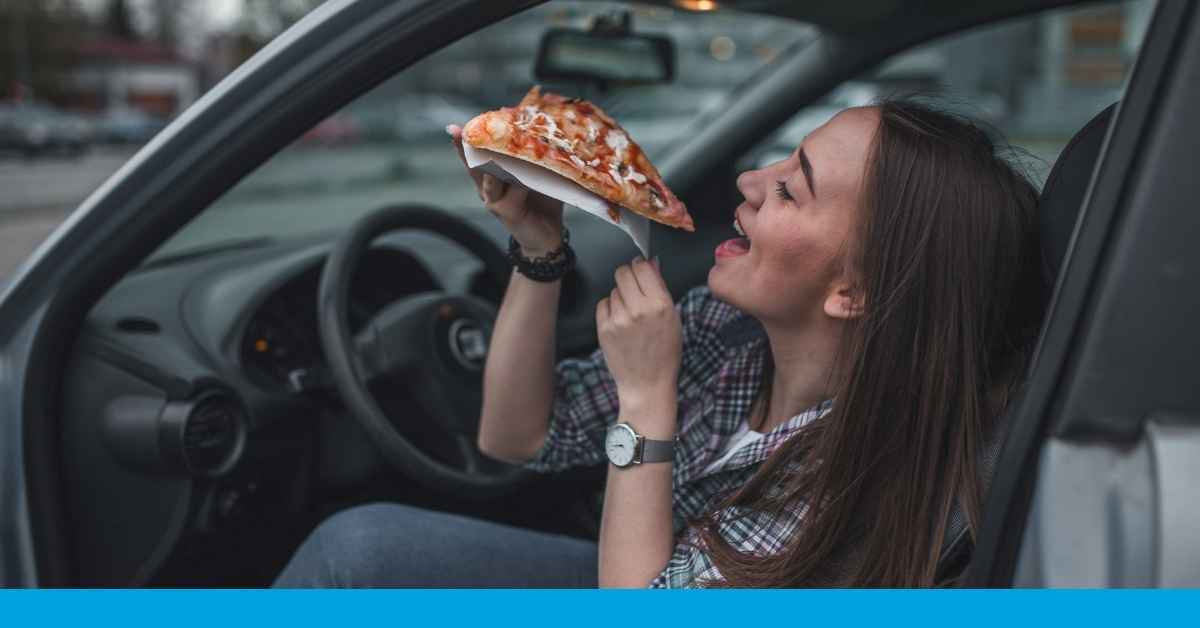Are Today’s C-Store Trends Fueling a Whole New Customer?
You walk into a convenience store at 8:15 AM. Someone’s ordering a hot breakfast meal. The guy behind you grabs a protein smoothie and scans a...

The rapid evolution of technology continues to impact every industry and raise consumer expectations around how brands incorporate it into their customer experience. The rise of 3rd party mobile ordering and delivery services has helped many businesses offer a mobile shopping experience quickly, but at a cost.
In addition to ongoing service fees, the wide-spread use of 3rd party mobile ordering
apps has added a layer of separation between brands and their consumers — diluting the
uniqueness of each brand's customer experience.
In order to help operators better understand the current challenges, we’ve released our latest trends report covering what convenience stores, quick-serve, and fast casual restaurants need to know today to make the most of tomorrow. You can access the full report here, or keep reading for an overview of what it covers.
As brands expand the products and services they offer consumers beyond those traditionally associated with their industry, the once defined lines between these industries become less clear. This is what is commonly called “channel blurring”. In the case of 3rd party mobile ordering, the lines are blurred even more as consumers are presented with offerings from various brands across multiple industries under the veneer of the 3rd party's own branding.
Mobile ordering is a major channel for consumers looking to buy a meal. In fact, 71% of consumers reported using a mobile app to make a purchase from a restaurant. But they aren’t just buying food from restaurants. The top two items consumers purchased from convenience stores using mobile apps were prepared food and groceries.
Despite previously low adoption among shoppers, we’ve seen a 47% increase in consumers making a purchase from a convenience store using a mobile app. More importantly, this spike is mostly in the use of 3rd party apps – where their prepared food offerings are competing with those of quick-serve and fast-casual restaurants.
Despite how wide the breadth of competition is, it will be the brands delivering the best customer experience that will earn the loyalty of consumers and win their repeat business. That’s why we measured the Net Promoter Score (NPS) and Customer Satisfaction (CSAT) score for 1st and 3rd party apps across convenience stores, quick-serve, and fast-casual restaurants. Overall, 1st party apps received higher CSAT and NPS scores, but in most cases the scores were closer than brands should be comfortable with.
The leading reason consumers choose to use mobile apps is for convenience. When browsing a 3rd party app, consumers have the added convenience of viewing all their potential options in one place. This could lead to 3rd party apps continuing to grow in popularity if the overall customer experience is relatively the same as 1st party apps. The challenge facing brands looking to retain maximum control of their customer experience is not that they are being outperformed by 3rd party apps, but that they are not outperforming 3rd party apps by a wide enough margin.
The popularity of mobile ordering shows no signs of waning with 61% of consumers saying they expect their use to stay the same and 6% expecting it to increase in the coming months. This means the challenges it presents to brands won’t go away either. With so many factors playing a role in customers’ experience, we asked consumers which ones were the most important to help operators focus their efforts.
Order accuracy was far and away the most important factor, with 86% of consumers ranking it the most or second most important aspect of their mobile ordering experience, followed by temperature of food and speed of delivery. Order accuracy scores were similar for 1st and 3rd party applications across convenience stores, quick-serve, and fast casual restaurants which isn’t surprising since it is generally the location that packs the order regardless of the service being used. What did stand out is the room for improvement across all apps given the importance of accuracy to consumers.
For speed of service, we measured how often the order was ready by the estimated time provided. Given that with 1st party apps the brand controls the estimated time, creation of the meal, and delivery of the order, this should be where 1st party apps stand out. However, despite fast casual restaurants and convenience stores outperforming their 3rd party competition, customers were still receiving their orders late 10% of the time when using a 1st party mobile ordering app.
As brands work to make their mobile ordering experience stand out from the crowd, ongoing customer experience measurement is crucial to understand how current initiatives are performing and where they can receive the biggest return on the effort they invest. For more information and breakdowns of the data discussed here, you can access the full report here. Or, if you’re ready to take your customer experience to the next level, contact us to learn how Intouch Insight’s solutions can help you.

You walk into a convenience store at 8:15 AM. Someone’s ordering a hot breakfast meal. The guy behind you grabs a protein smoothie and scans a...

In most major metropolitan markets, grabbing a pizza at a gas station can feel like a last resort. Sure, it's convenient, but more consumers don't...

Scroll through a delivery app today, and the customer relationship clearly sits with third-party giants. Uber Eats. DoorDash. Grubhub. They’ve shaped...